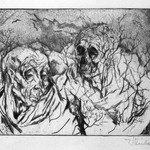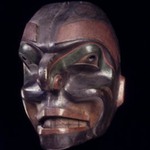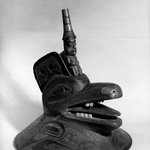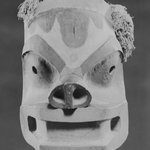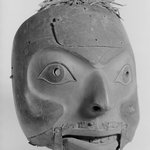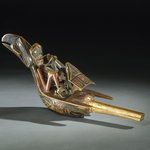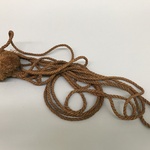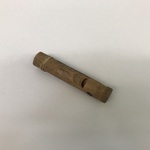
Wooden Skull Headdress
Arts of the Americas
Skull imagery is usually associated with the Tánis (Hamatsa) ceremony practiced by the Heiltsuk and Kwakwawa’wakw people. Young males are initiated into the community during a four-part ritual in which they are symbolically transformed from flesh-eating cannibals, a state equated with death, into well-behaved members of society. The skull thus symbolizes the rebirth of initiates as they come back from the dead. Skull items such as those seen here are sometimes used during the final stages of the ceremony: ritual feeding of the skull, possibly using special ceremonial spoons, precedes a ceremonial meal for the initiates, and the officiating medicine man might wear a skull headdress.
La imaginería de calaveras está usualmente relacionada con la ceremonia Tanis (Hamatsa) practicada por la gente Heiltsuk y Kwakwaka’wakw. Los hombres jóvenes son iniciados a la comunidad durante un ritual de cuatro etapas en el cual son transformados simbólicamente de caníbales devoradores de carne, a miembros con buen comportamiento dentro de la sociedad. La calavera simboliza el renacimiento de los iniciados cuando regresan de entre los muertos. Artículos de calaveras como los que se ven aquí son a veces usados durante las últimas etapas de la ceremonia: antes de la comida ceremonial para los iniciados, se alimenta ritualmente a la calavera, posiblemente con cucharas ceremoniales, y el hombre medicina que oficia dicha ceremonia puede llevar un tocado de calavera.
La imaginería de calaveras está usualmente relacionada con la ceremonia Tanis (Hamatsa) practicada por la gente Heiltsuk y Kwakwaka’wakw. Los hombres jóvenes son iniciados a la comunidad durante un ritual de cuatro etapas en el cual son transformados simbólicamente de caníbales devoradores de carne, a miembros con buen comportamiento dentro de la sociedad. La calavera simboliza el renacimiento de los iniciados cuando regresan de entre los muertos. Artículos de calaveras como los que se ven aquí son a veces usados durante las últimas etapas de la ceremonia: antes de la comida ceremonial para los iniciados, se alimenta ritualmente a la calavera, posiblemente con cucharas ceremoniales, y el hombre medicina que oficia dicha ceremonia puede llevar un tocado de calavera.
CULTURE
Tsimshian
MEDIUM
Wood, metal
DATES
late 19th century
DIMENSIONS
7 x 6 x 7 in. (17.8 x 15.2 x 17.8 cm) (show scale)



COLLECTIONS
Arts of the Americas
ACCESSION NUMBER
05.588.7366
CREDIT LINE
Museum Expedition 1905, Museum Collection Fund
CATALOGUE DESCRIPTION
Headdress in the form of a carved wooden skull. It is carved from a single, hollowed out piece of wood. The lower jaw is missing and it is attached with four nails to a metal disk with a dome-shaped center.
Condition: The work is in stable and fair condition. There is a repaired crack on the proper left side of the back of the skull as well as a repaired splinter at the proper right side of the lower edge. At the top of the skull on the proper right side, there is a large circular wooden plug.
MUSEUM LOCATION
This item is not on view
CAPTION
Tsimshian. Wooden Skull Headdress, late 19th century. Wood, metal, 7 x 6 x 7 in. (17.8 x 15.2 x 17.8 cm). Brooklyn Museum, Museum Expedition 1905, Museum Collection Fund, 05.588.7366. Creative Commons-BY (Photo: Brooklyn Museum, 05.588.7366_acetate_bw.jpg)
IMAGE
overall, 05.588.7366_acetate_bw.jpg. Brooklyn Museum photograph
"CUR" at the beginning of an image file name means that the image was created by a curatorial staff member. These study images may be digital point-and-shoot photographs, when we don\'t yet have high-quality studio photography, or they may be scans of older negatives, slides, or photographic prints, providing historical documentation of the object.
RIGHTS STATEMENT
Creative Commons-BY
You may download and use Brooklyn Museum images of this three-dimensional work in accordance with a Creative Commons license. Fair use, as understood under the United States Copyright Act, may also apply.
Please include caption information from this page and credit the Brooklyn Museum. If you need a high resolution file, please fill out our online application form (charges apply).
For further information about copyright, we recommend resources at the United States Library of Congress, Cornell University, Copyright and Cultural Institutions: Guidelines for U.S. Libraries, Archives, and Museums, and Copyright Watch.
For more information about the Museum's rights project, including how rights types are assigned, please see our blog posts on copyright.
If you have any information regarding this work and rights to it, please contact copyright@brooklynmuseum.org.
RECORD COMPLETENESS
Not every record you will find here is complete. More information is available for some works than for others, and some entries have been updated more recently. Records are frequently reviewed and revised, and we welcome any additional information you might have.








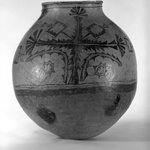


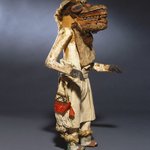















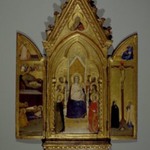

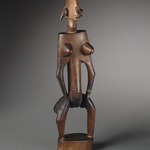




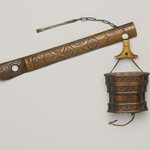
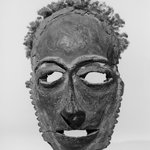


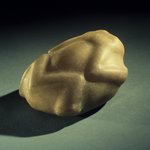




![Kachina Doll (Pakwen [Clown])](https://d1lfxha3ugu3d4.cloudfront.net/images/opencollection/objects/size2_sq/CUR.03.325.4606_front.jpg)




